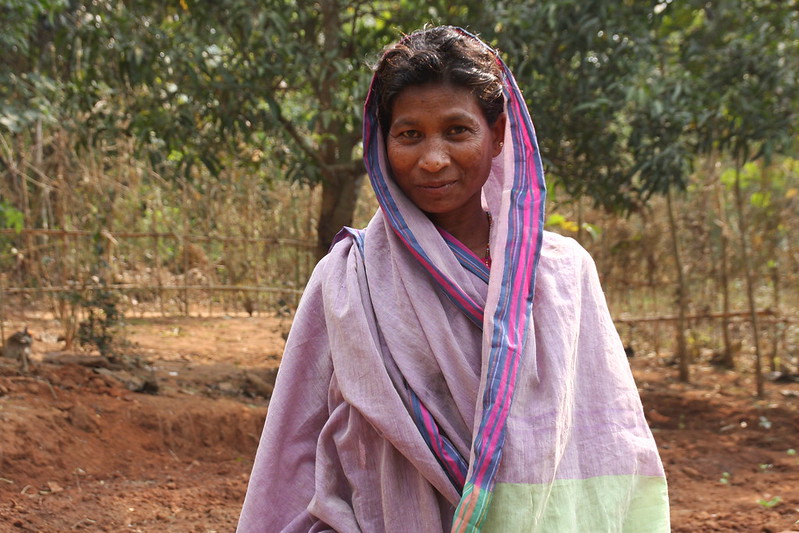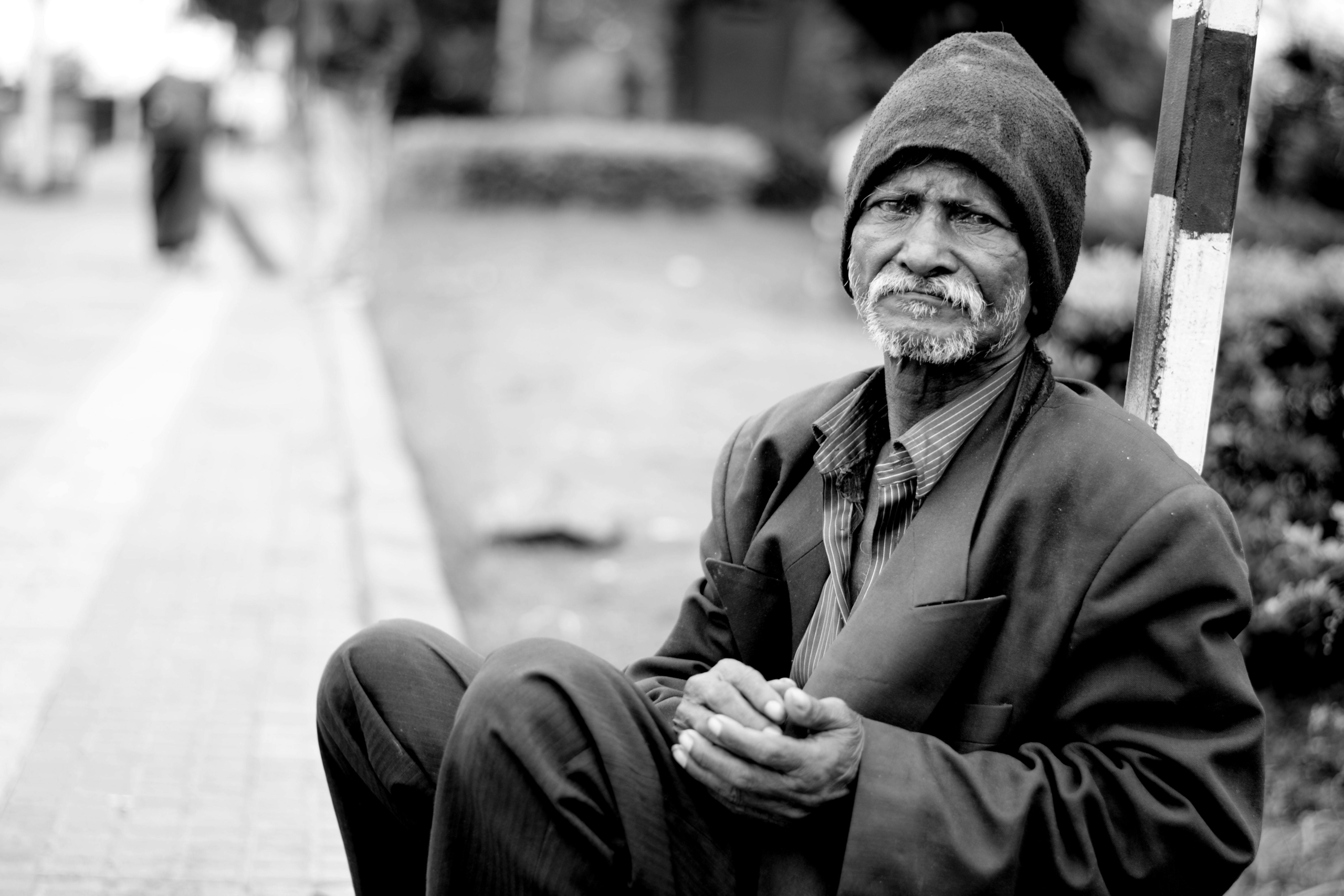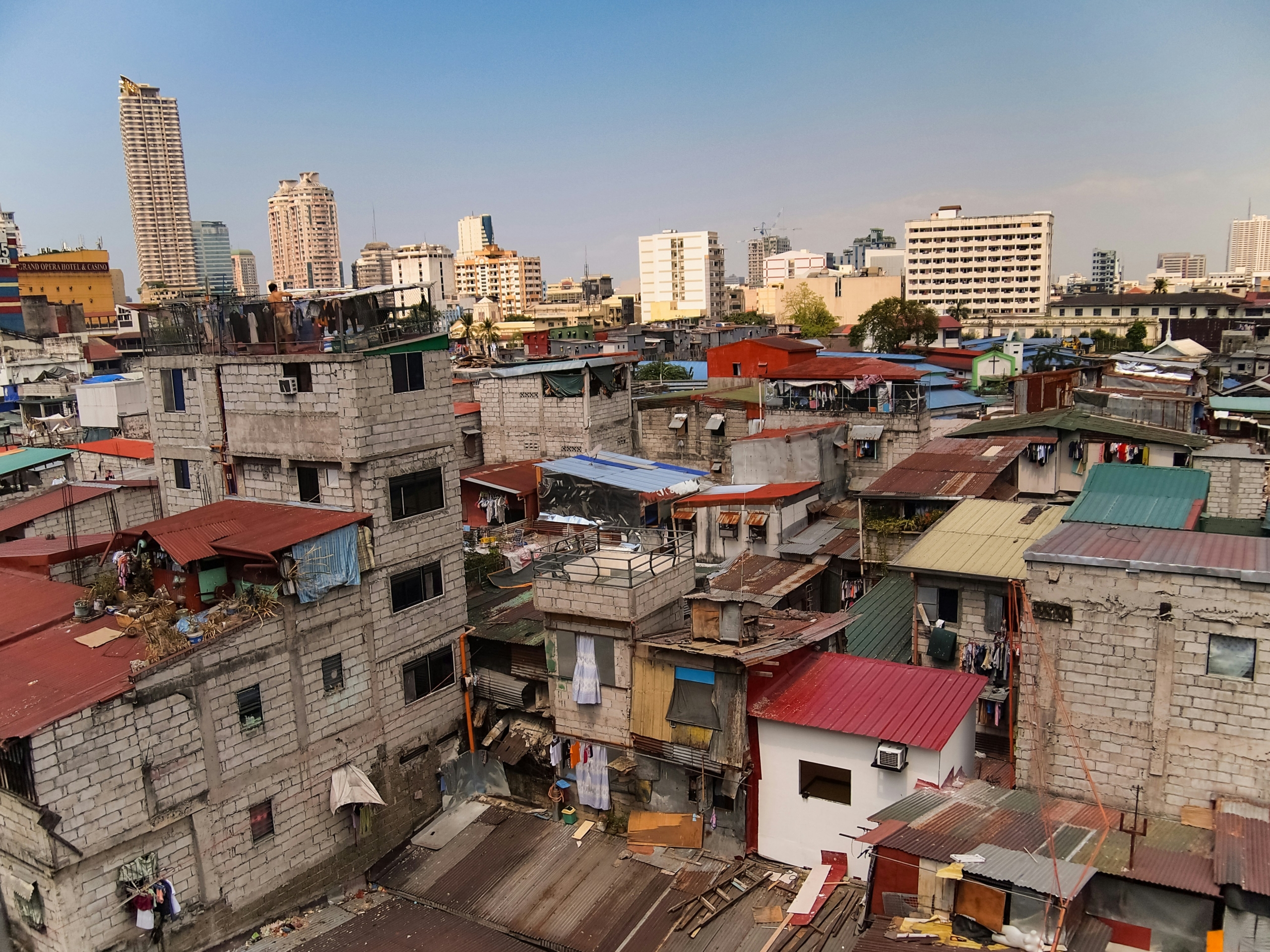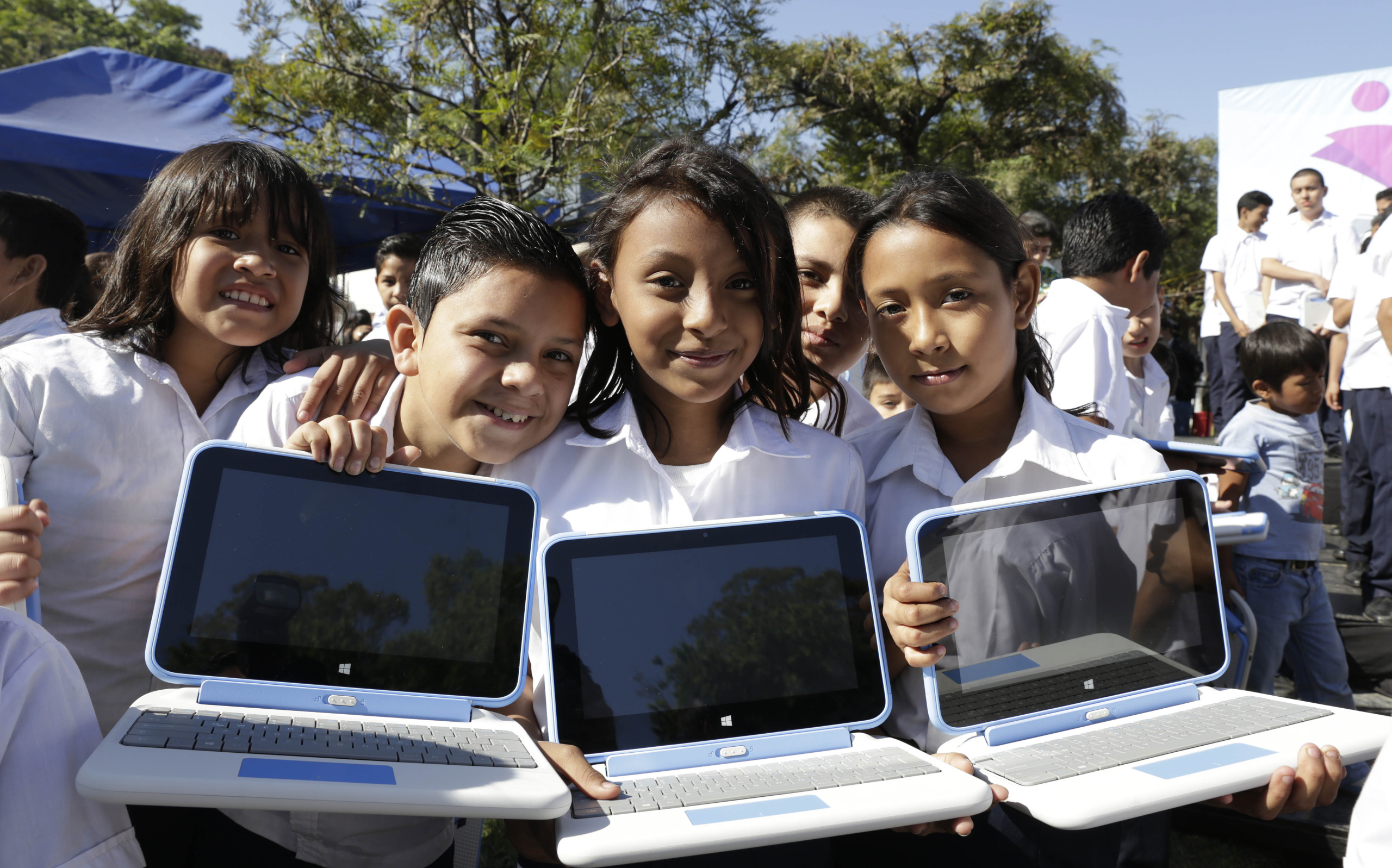

Namibia includes high rates of unemployment and a lack of basic necessities, especially in rural areas. Many are having difficulty in meeting their basic needs, such as access to quality health care, education and housing. Hence, since its independence from South Africa in 1990, various innovations in poverty eradication in Namibia have emerged to address the country’s socio-economic challenges. Their main focuses are on improving access to education, health care, income-generating opportunities and sustainable development. The Namibian government has set up a few programs under the Namibian Social Safety Net to work towards poverty eradication in Namibia.
Social Pension Program
Namibia is one of the only countries in Africa, alongside South Africa, Mauritius and Lesotho, that administers a social pension program for every person who reaches the age of 60. Every month after turning 60, each individual receives a pension of N$160 in the form of a cash transfer. This provides a way of securing long-term savings but also helps to alleviate poverty. One of the common redistributive practices in households with elderly people is grandparents spending their pension on the grandchildren’s school fees, which is a way to invest in the youth.
School Feeding Program (NSFP)
This program receives full funding from the Namibian government and the Ministry of Education, Arts and Culture (MoEAC) manages it. When it began, this program mainly helped orphaned or vulnerable children, but as of 2023, according to the Food and Agriculture Organization of the United Nations (FAO), approximately 466,860 schoolchildren benefitted from the program. Its primary goal is to improve access, retention and learning outcomes by providing timely access to diverse and nutritious food in schools, as well as to improve students’ nutrition and health. It also works as a link between the NSFP and smallholder producers, which further promotes local agriculture and helps alleviate poverty.
Basic Income Grant (BIG)
This is one of the most well-known pilot projects implemented in certain villages in Namibia to address poverty, with the intention of convincing the government to extend the scheme to the whole country. The main idea of BIG is to provide each citizen with a reliable and unconditional cash transfer of N$100 every month for a period of 2 years. This initiative was implemented to battle income inequality by giving each individual the opportunity to meet their basic needs, such as food, health care and housing. In the long term, this may reduce poverty by creating a more stable foundation for individuals and communities to thrive in.
National Employment Service
This government initiative, established in 2011 under the Employment Service Act no. 8, aims to connect job seekers with employers and promote employment opportunities. For example, in 2023, the Ministry of Labour, Industrial Relations and Employment Creation (MoLIREC) mandated that all companies employing more than 10 people post job openings with the ministry to ensure that job opportunities are available to the general public. Whoever fails to do so will face legal consequences. Namibia improves economic stability for individuals and families by increasing job access and connecting job seekers with job opportunities.
Looking Ahead
These are just a few of the many formal and informal innovations in poverty eradication in Namibia implemented by the government and the public. According to World Bank data, Namibia’s poverty rate has more than halved, with approximately 17.4% of Namibians living below the national poverty line in 2015/16, down from 28.7% in 2009/10 and 69.3% in 1993/94. However, poverty rates remain relatively high for an upper middle-income country. This is why continuous advocacy is crucial to implementing and sustaining initiatives that will further combat poverty.
– Zainab Saad Hassan
Zainab is based in Glasgow, Scotland and focuses on Business and Global Health for The Borgen Project.
Photo: Flickr









